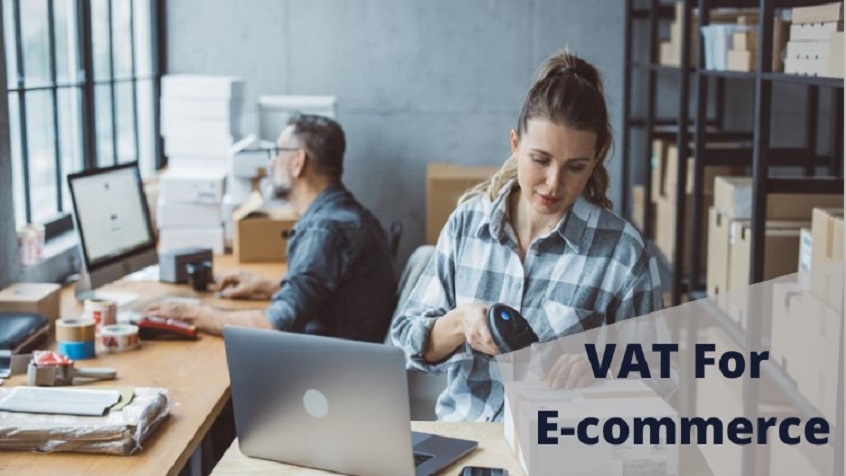Articles >
Everything You Should Know About E-commerce VAT Rules

September 19, 2022
Selling your products on Amazon or eBay? Then you must think about e-commerce VAT and get a good grasp of the taxes you will need to pay to save you time and from a headache in the future.
As you probably know, VAT is a tax that everyone in the supply chain from manufacturers, distributors and retailers, to consumers pays on their purchases. Currently in the UK, VAT is charged at three rates - 20%, 5% and 0%. Just like you pay VAT when you cross the threshold of £85,000 for a brick and mortar store, you need to register and pay VAT for E-commerce. Threshold of VAT for online businesses remain the same and the same goes for penalties and other rules.
Not complying with VAT rules may attract penalty, interest in addition to pay the unpaid tax and formal investigation. Even your marketplace account can be shut down. It will be a good idea to look for a VAT Accountant when you think you may cross the threshold. Your VAT Accountant will guide you on how to register along with other details or do it for you.
Things you need to know about E-commerce VAT Rules:
- Once you are VAT registered, you need to include the VAT tax to your prices on your website, you may not mention it separately.
- You must ensure to mention your VAT registration number on your site.
- Items sold from the UK to other countries are mostly zero-rated.
- Items sold from the UK to VAT-registered EU business are mostly zero-rated if the recipient is registered for VAT in their country and their VAT number as well as country code is mentioned on the invoice. Also, the items must be delivered from the UK to an EU country.
- Online merchants that sell digital products to European countries. They will have to register for VAT in every country they’re trading regardless of whether they meet the threshold or not.
For Intra-EU Distance Selling:
From 1 July 2021, there have been certain changes to value-added tax (VAT) responsibilities for Intra-EU Distance Selling. For example, you need to charge VAT at the rate applicable in the consumer’s EU country of residence from the very first sale (unless exempt) when your total cross-border sales across the EU exceed €10,000 and report these sales to the appropriate foreign tax authority. Contact your VAT Accountant to ensure the right course.
As a merchant of EU, you can file a simplified EU VAT return. It is called the One Stop Shop (OSS) and will assist you with reporting your intra-EU cross-border sales to multiple EU countries and spare you from having to register for VAT in different EU countries except your home EU country. You will have to submit an electronic OSS filing using your domestic OSS portal quarterly and keep a record of all reported sales for 10 years.
If your turnover is under threshold of €10,000 per annum in intra-EU cross-border sales of B2C goods and services, you can charge your domestic VAT rate and report the sales within your domestic VAT return.
Cross-border sales from non-EU to EU countries:
To assist non-EU e-commerce merchants, the Import One Stop Shop (IOSS) filing is introduced. It’s a new way to file VAT returns (a monthly filing submitted to a tax authority in one nominated EU country) for e-commerce merchants. You will then declare import VAT due in all EU countries.
If you want to take care of the import VAT on behalf of your shoppers who are located in other EU countries, this is beneficial to you.

